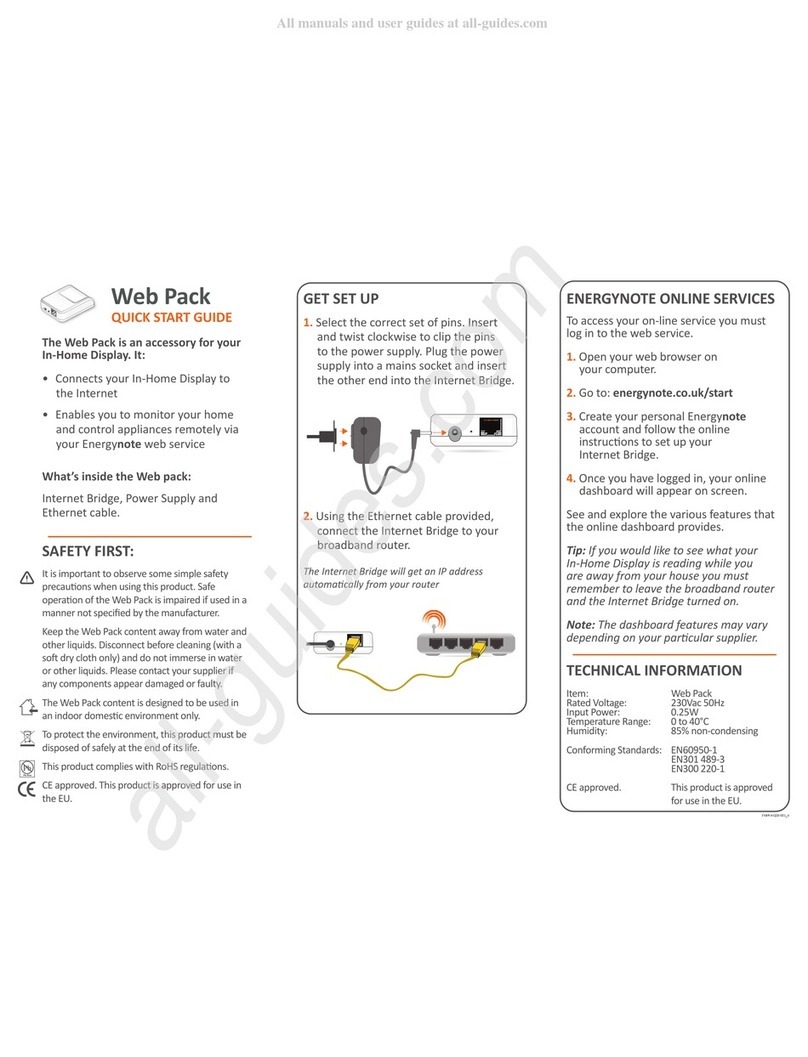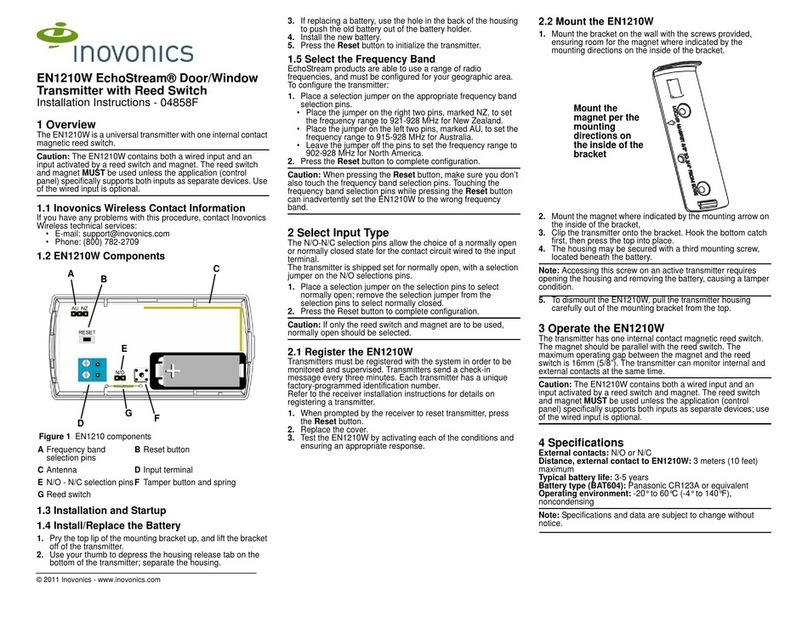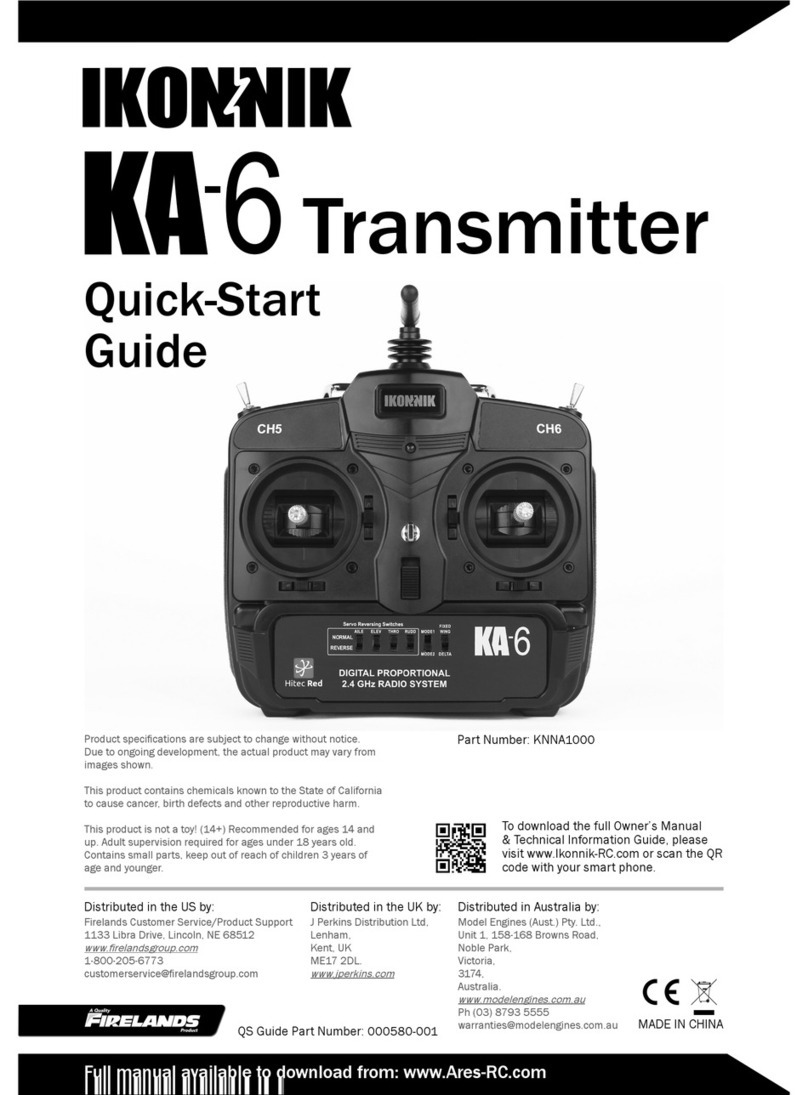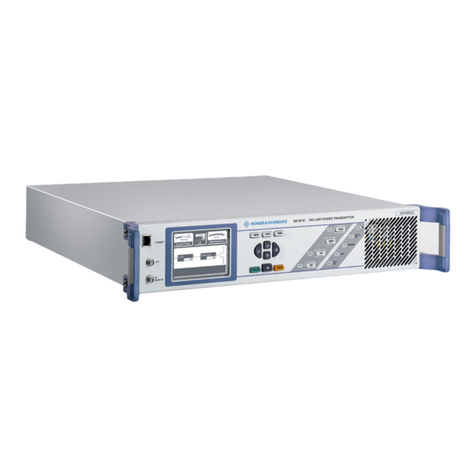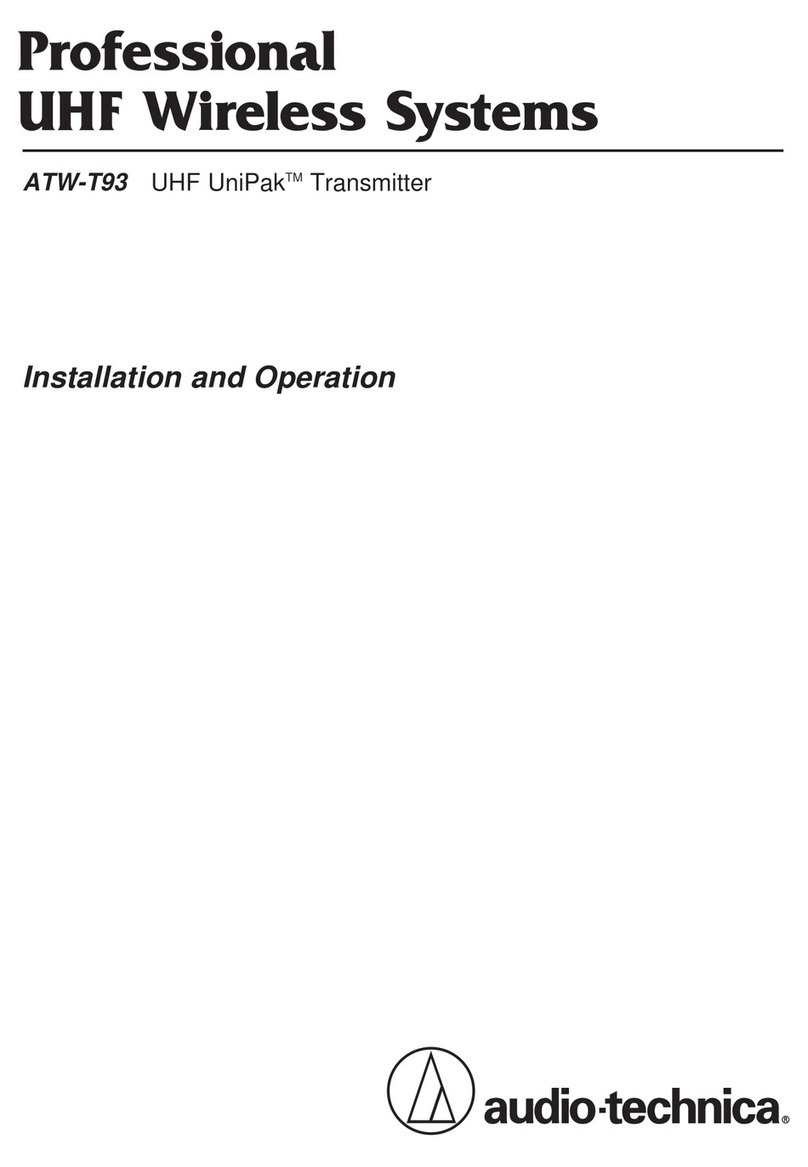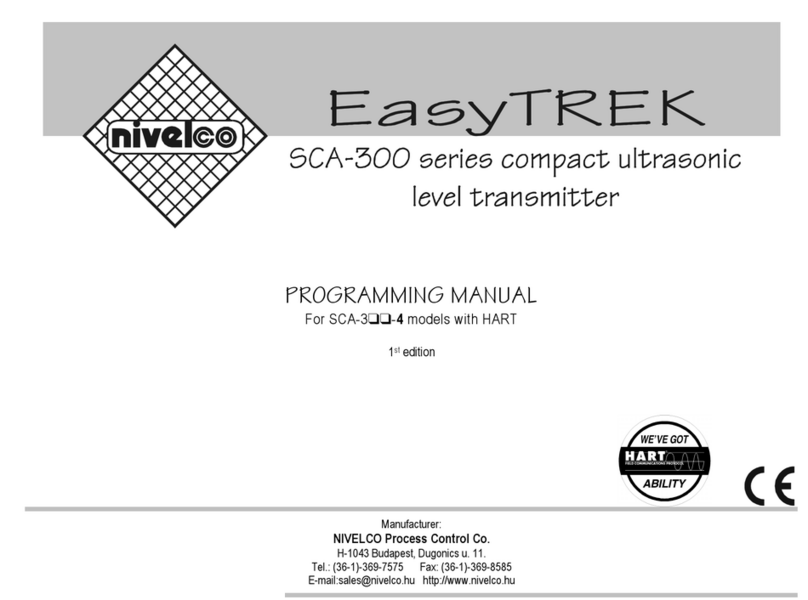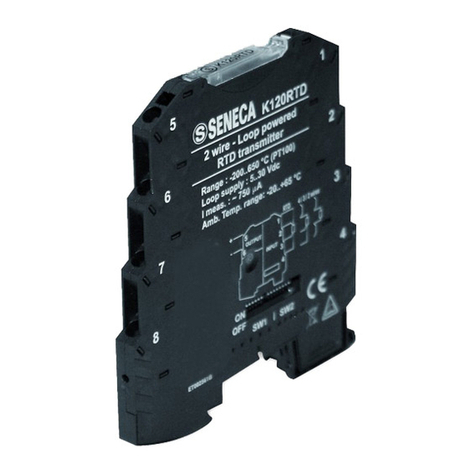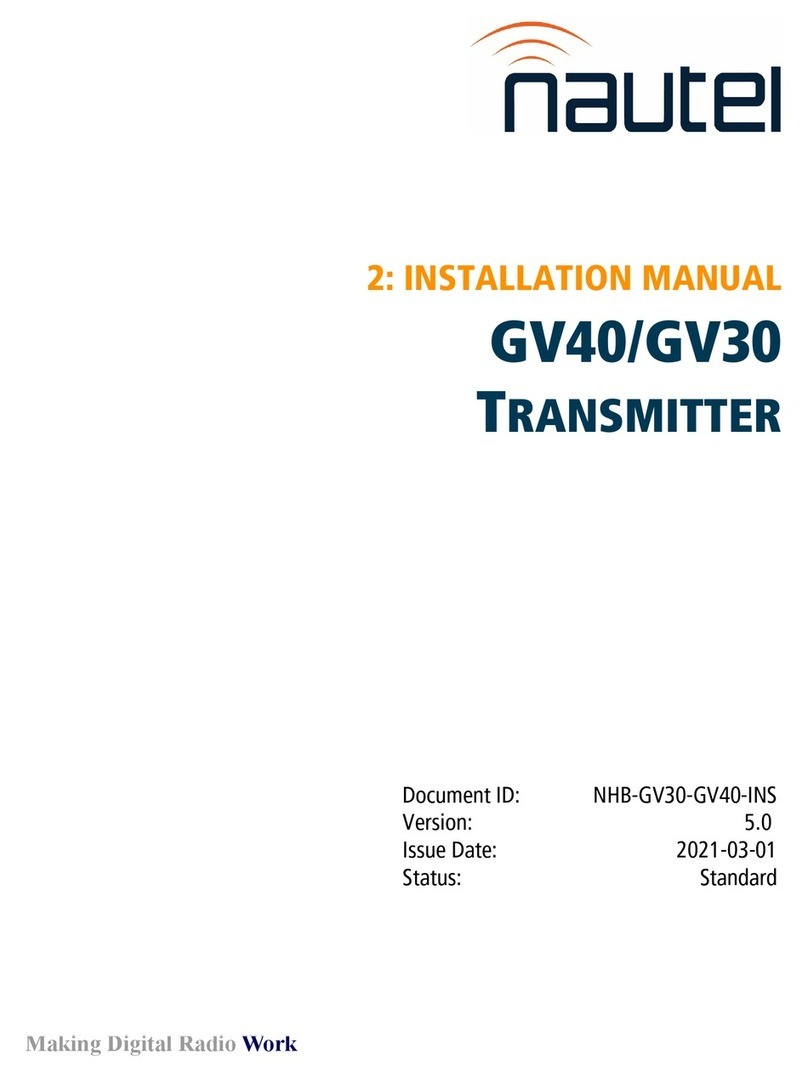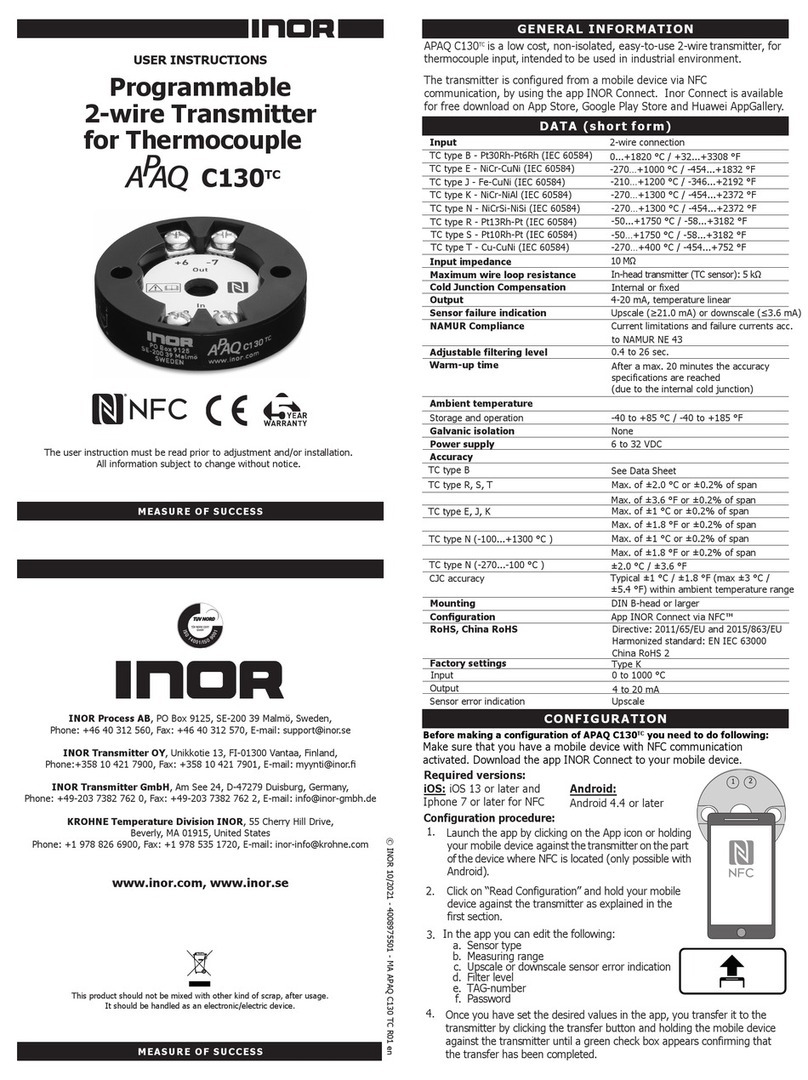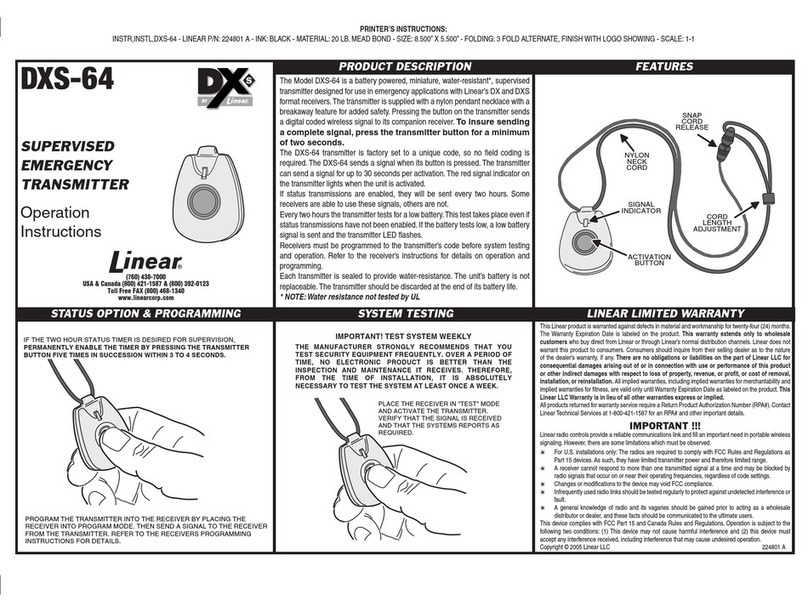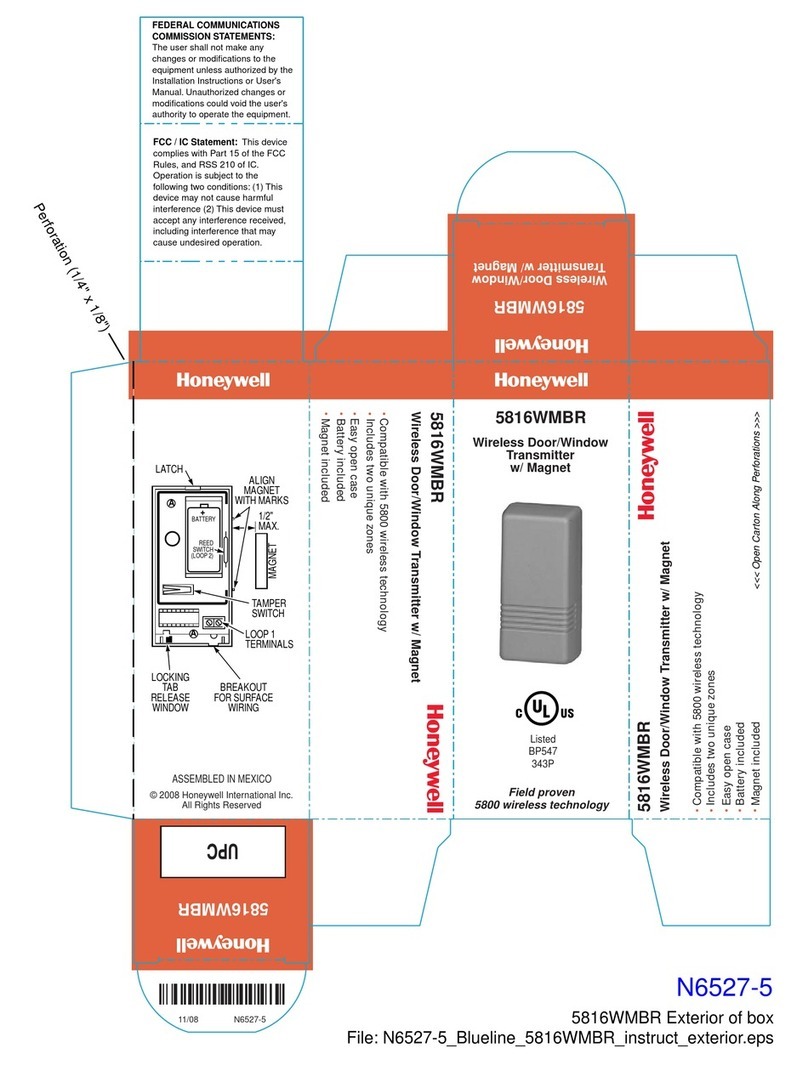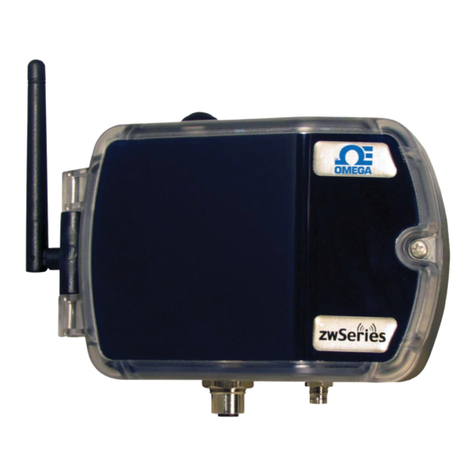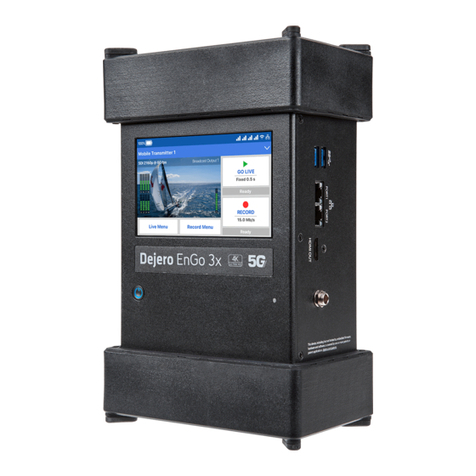
The TX-8U brings a new level of IM performance to combiner systems, using
advanced technology not found in any other system. While IM products are still
produced in any combined antenna system, they are at much lower levels with
There are well-known techniques for dealing with IM products caused by
combining, such as careful selection of transmit frequencies, judicious
adjustment of power levels, and minimizing antenna SWR. For additional IM
reduction, the following information may be useful.
Proper port selection is an additional way to minimize IM products
Because of the nature of combiners, some ports have more isolation between
them than others. The TX-8U is no different in this regard, and knowing which
ports have the highest isolation can be of benefit in reducing unwanted IM
products.
There are 8 numbered transmitter ports on the TX-8U.
The following port pairs have the least isolation between them:
• Ports 1-2, 3-4, 5-6, and 7-8.
Generally, you should use these paired ports for the widest spaced
frequency pairs, or alternatively, for pairs where the IM products will
Higher isolation is available between the following ports:
• Ports 1-3, 1-4, 2-3, 2-4, as well as 5-7, 5-8, 6-7 and 6-8.
These can be used for more troublesome frequency pairs, resulting in
better IM performance overall.
The highest isolation is found between the ports from 1 through 4 and the ports
For serious IM issues, make sure the offending transmitter ports are
For example, if you have one transmitter on a port from 1 through 4, you would
need to put the other transmitter on any port from 5 through 8. This would
provide the highest level of transmitter to transmitter isolation.
1) Connect the IEC power cord to the AC power cord jack on the back of
the combiner.
The input range is auto-ranging from 90 VAC to 260 VAC.
2) Connect the antenna to the jack marked OUT.
3) Connect up to 8 transmitters to the various inputs before powering
on. DO NOT CONNECT PREVIOUSLY COMBINED TRANSMITTERS
TO ANY INPUT as performance will be compromised and damage to
the unit may occur. Terminate unused ports with 50
W
loads.
4) Turn the front panel power switch to ON prior to powering on
5) Set the power levels to desired output:
50mW, 100mW, or MAX (nominally 250mW)
NOTE: LOW indicates the unit is not transmitting power.
6) If an input channel is not in use, turn the output switch to LOW.
INDICATOR LIGHTS
POWER LIGHT
• GREEN: Combiner is powered ON.
• No Light: Combiner is OFF.
Antenna and cable are OK.
• YELLOW: SWR greater than 2:1.
Marginal antenna operation.
• RED: SWR High, greater than 3:1.
Indicates bad antenna and/or bad cable.
• NONE: No power detected at input.
• GREEN: Input power present. Selected output power operating
• RED: Channel amplifier fail.
• YELLOW: RF Input present. Channel OFF.
